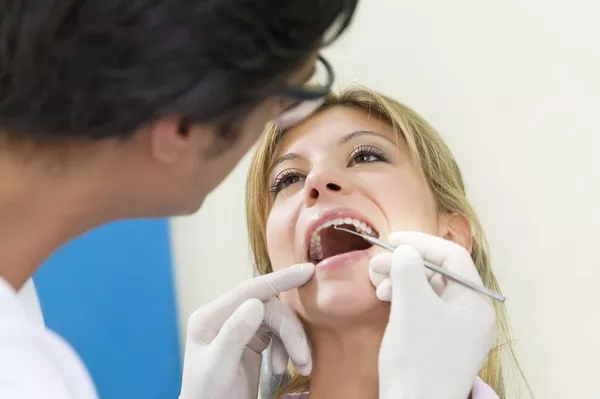Experiencing increased sensitivity in your teeth after getting fillings can be an unexpected and uncomfortable issue. While fillings are meant to restore dental health and functionality, some individuals may find that their teeth become more sensitive following the procedure. In this comprehensive guide, we delve into the reasons behind heightened tooth sensitivity after fillings, explore common contributing factors, and provide practical strategies for finding relief and managing discomfort.
Understanding Post-Filling Sensitivity:
Before delving into the causes of increased sensitivity after fillings, it’s essential to understand what tooth sensitivity entails. Tooth sensitivity refers to discomfort or pain experienced in response to certain stimuli, such as hot or cold temperatures, sweet or acidic foods, or pressure from biting or chewing. Fillings can sometimes exacerbate tooth sensitivity, leaving individuals with heightened sensitivity in the affected teeth.
Potential Causes of Increased Sensitivity After Fillings:
Several factors can contribute to heightened tooth sensitivity following dental fillings:
Nerve Irritation: During the filling procedure, the dentist may need to remove decayed or damaged tooth structure, which can expose the inner layers of the tooth, including the nerves. This exposure can lead to increased sensitivity as the nerves respond to external stimuli.
Bonding Agents: Some filling materials, such as composite resin, require bonding agents or adhesives to adhere to the tooth surface effectively. These bonding agents may contain ingredients that can irritate the tooth nerves, leading to temporary sensitivity.
Temperature Changes: After receiving fillings, individuals may experience heightened sensitivity to hot or cold temperatures, as the tooth structure may be more porous or reactive following the procedure. This sensitivity typically resolves over time but can be uncomfortable in the interim.
Inflammatory Response: The body’s natural inflammatory response to dental procedures can also contribute to increased tooth sensitivity. Inflammation in the surrounding tissues or pulp chamber can irritate the nerves and exacerbate sensitivity in the affected teeth.
Strategies for Finding Relief and Managing Sensitivity:
If you’re experiencing heightened tooth sensitivity after fillings, consider the following strategies for finding relief and managing discomfort:
Use Desensitizing Toothpaste: Desensitizing toothpaste containing ingredients such as potassium nitrate or fluoride can help alleviate tooth sensitivity by blocking nerve signals and strengthening tooth enamel. Use the toothpaste regularly as part of your oral hygiene routine for optimal results.
Avoid Extreme Temperatures: Limit exposure to hot or cold temperatures, as sudden temperature changes can exacerbate tooth sensitivity. Instead, opt for lukewarm or room-temperature foods and beverages to minimize discomfort.
Practice Gentle Oral Care: Be mindful of your brushing and flossing techniques to avoid aggravating sensitive teeth. Use a soft-bristled toothbrush and gentle, circular motions when brushing, and avoid aggressive brushing or flossing around the filled teeth.
Follow Post-Operative Instructions: Adhere to any post-operative instructions provided by your dentist, including recommendations for pain management and oral hygiene. Avoid chewing on hard or sticky foods immediately after getting fillings to prevent further irritation to sensitive teeth.
Stay Hydrated: Drinking plenty of water can help maintain saliva production, which serves as a natural protective barrier for teeth and can help alleviate sensitivity. Aim to drink water throughout the day, especially after consuming acidic or sugary foods and beverages.
Conclusion:
Experiencing increased sensitivity in your teeth after fillings can be a frustrating issue, but understanding the potential causes and implementing practical strategies for relief can help alleviate discomfort and improve your oral health. By addressing underlying factors such as nerve irritation, bonding agents, temperature changes, and inflammatory response, individuals can take proactive steps to manage sensitivity and promote healing following dental fillings.
If persistent sensitivity or discomfort persists despite home remedies, it’s essential to consult with your dentist for further evaluation and personalized treatment recommendations. With proper care and attention, you can navigate post-filling sensitivity with confidence and maintain a healthy, pain-free smile.
How Long Can You Keep A Temporary Filling In
Which Filling Is Better For Teeth





























